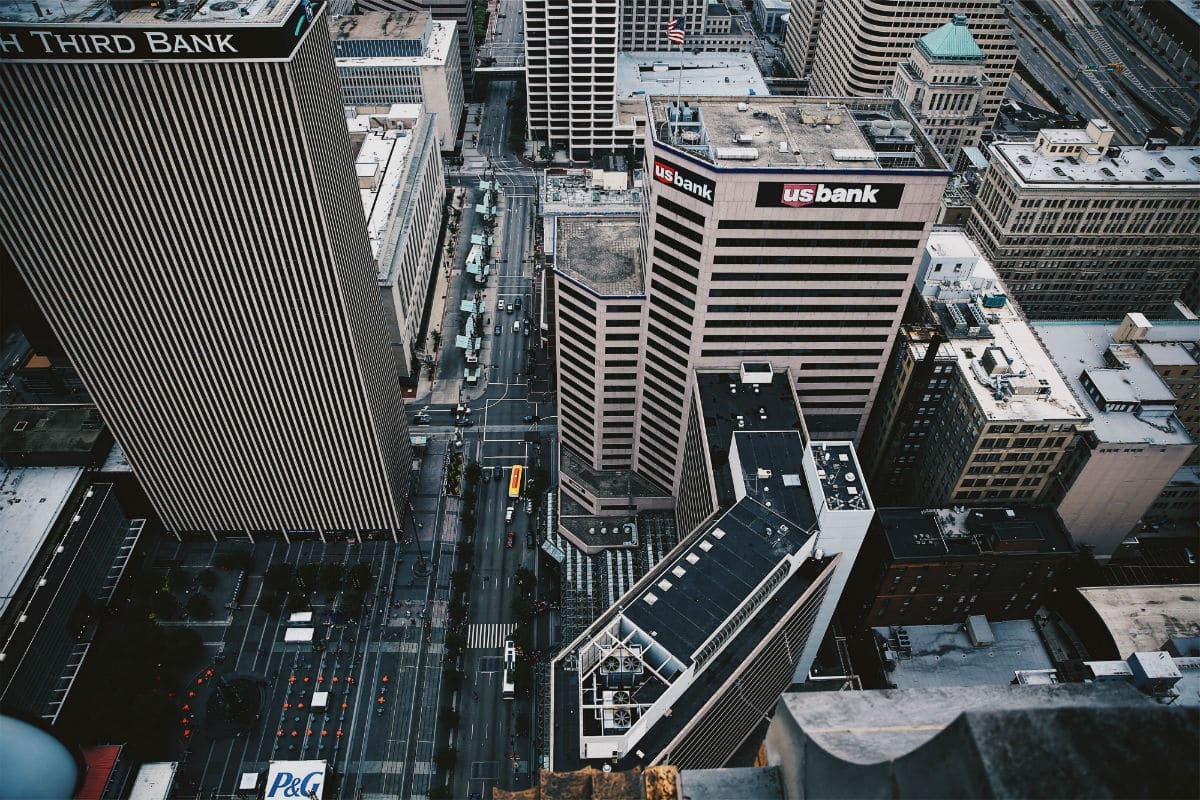
If you really want to understand money and grow your wealth, becoming an expert on interest rates is a really good idea. Most of us borrow money and we pay a price for that. The price we pay is the rate of interest.
If you borrow money and the rate is too high, it can cost you a lot of money. On the flipside, if you’re saving money, you can make a lot of money because the interest rate is your reward for being a good saver.
You probably haven’t ever thought much about interest rates but in simple terms an interest rate is often called the price of money.
So how is this price worked out?
This price is determined by a lot of factors, ranging from what our Reserve Bank (that’s our main bank that ‘controls’ things like rates) wants home loan interest rates to be, the health of our economy and the demand for loans from consumers and business.
The price of money is like any other price, whether that be cherries, airline tickets or vintage cars. The more people want to borrow money, the higher the price.
Right now, coronavirus has caused a recession, which has decreased the demand for many things, including houses. Because of this decrease in demand, the Reserve Bank will keep interest rates very low until the economy starts growing faster and unemployment falls from its current level of 7.5%.
Naturally, as a borrower, you want to get the lowest interest rate possible (you want to pay the cheapest price for any money you borrow). If you want to get richer as a saver, you want to get the highest rate possible on your deposited money.
Saving money
As a saver, you must remember this important interest rate lesson: the higher the promised rate, the riskier the product or the organisation you’re saving with. Deposits at our banks are government guaranteed up to $250,000 but interest rates at banks are around 1% right now. So your money is safe enough but you won’t get much of a reward on your savings.
If a non-bank offers interest rates higher than the banks, then you must understand that you’re taking on risk. If something goes wrong, such as a prolonged and serious recession, you could lose your money. Always remember this: the higher the reward, the higher the risk.
Borrowing money
As a borrower, searching for the lowest interest rates possible can save you a lot of money over time. Let me show you why you should look for the cheapest loan possible.
Imagine you borrow $500,000 for a home at an interest rate of 4.99% over 30 years. The monthly repayment would be $2,681.05. Over 30 years, you’d pay the bank $965,179.14.
But if you were on a 3% interest rate, you’d pay $2,108.02 a month. Over the 30 years you’d pay out $758,887.26. By understanding interest rates, you’d save $206,291.74 over the life of your loan. That’s a lot of money.
The best home loan rate I can find is 2.46% (as of September 2020). The best credit card rate was 7.49% but there are a lot under 9%. The best term deposit rate for 12 months at a bank is 1.4%.
There are a lot of comparison websites out there that can teach you a lot about getting the best interest rate as a borrower and as a saver. But, you need to do the leg work and find out what these are. But let me assure you, by shopping around, you will be rewarded.
Important: This content has been prepared without taking account of the objectives, financial situation or needs of any particular individual. It does not constitute formal advice. Consider the appropriateness of the information in regard to your circumstances.
This article was originally published on Tilly Money. Read more from Tilly Money here like how to start buying shares.



